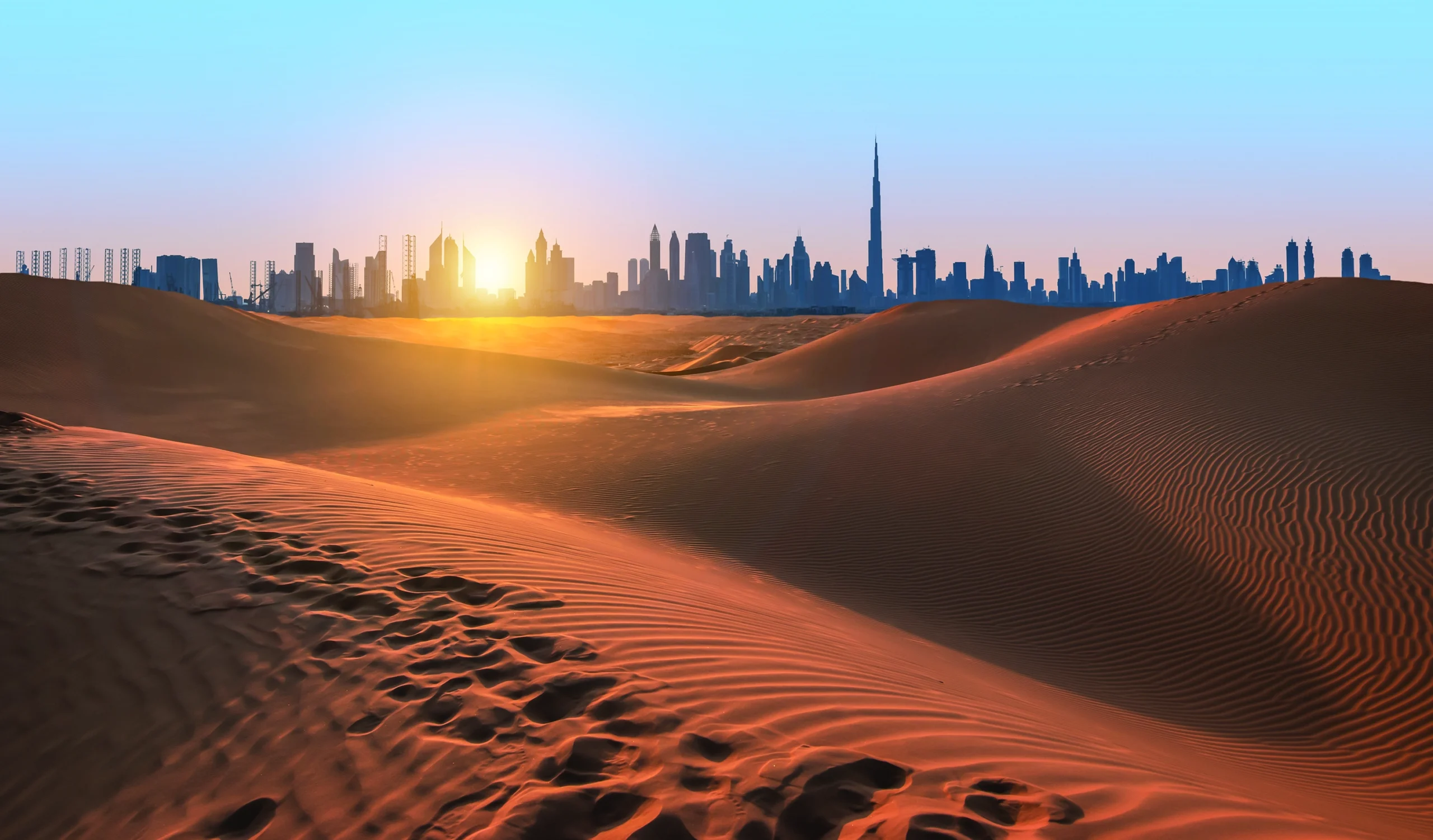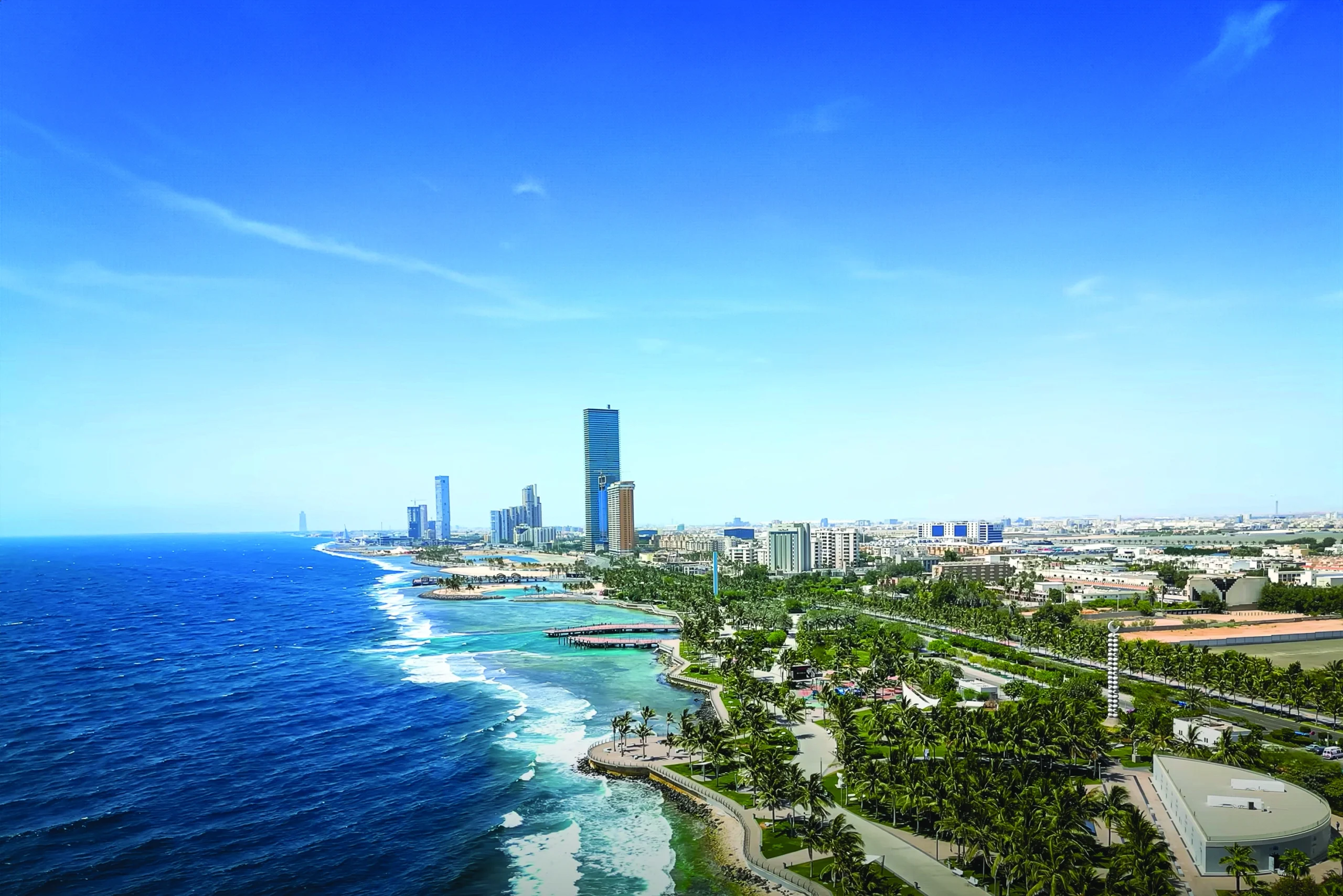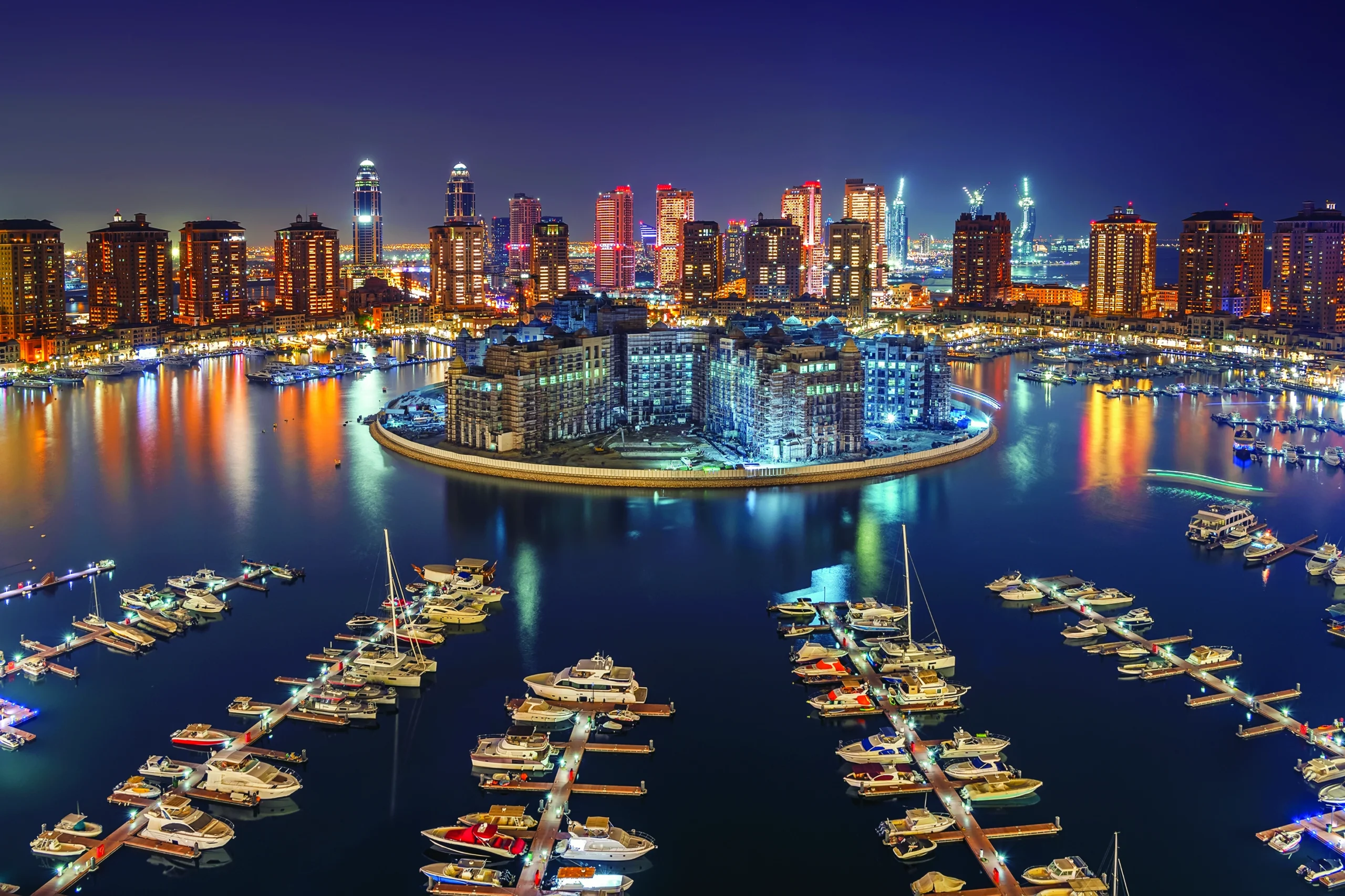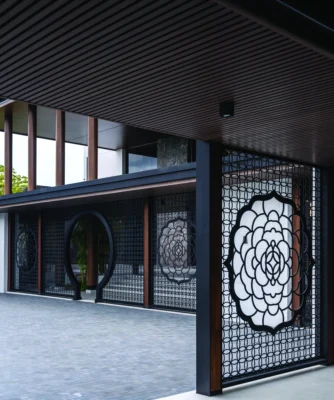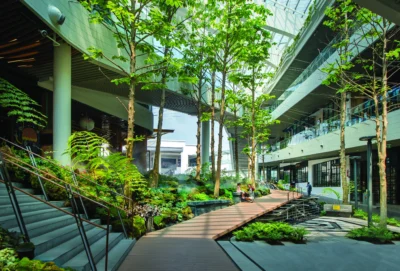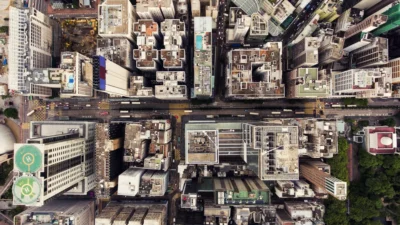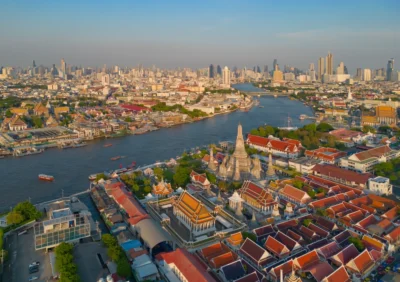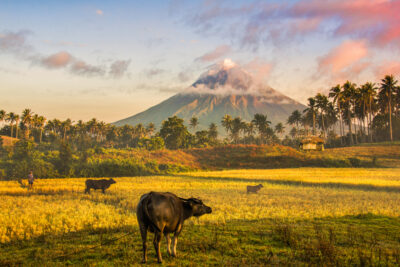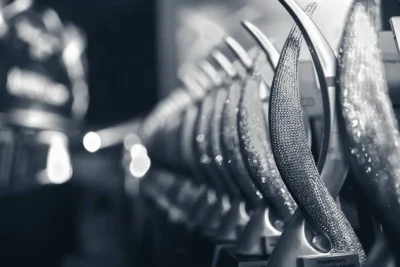UAE real estate shifts focus to sustainability and quality, revitalising iconic projects
Previously seen as the audacious disruptor in global real estate, the UAE has transformed itself, now prioritising sustainability and quality in its development approach
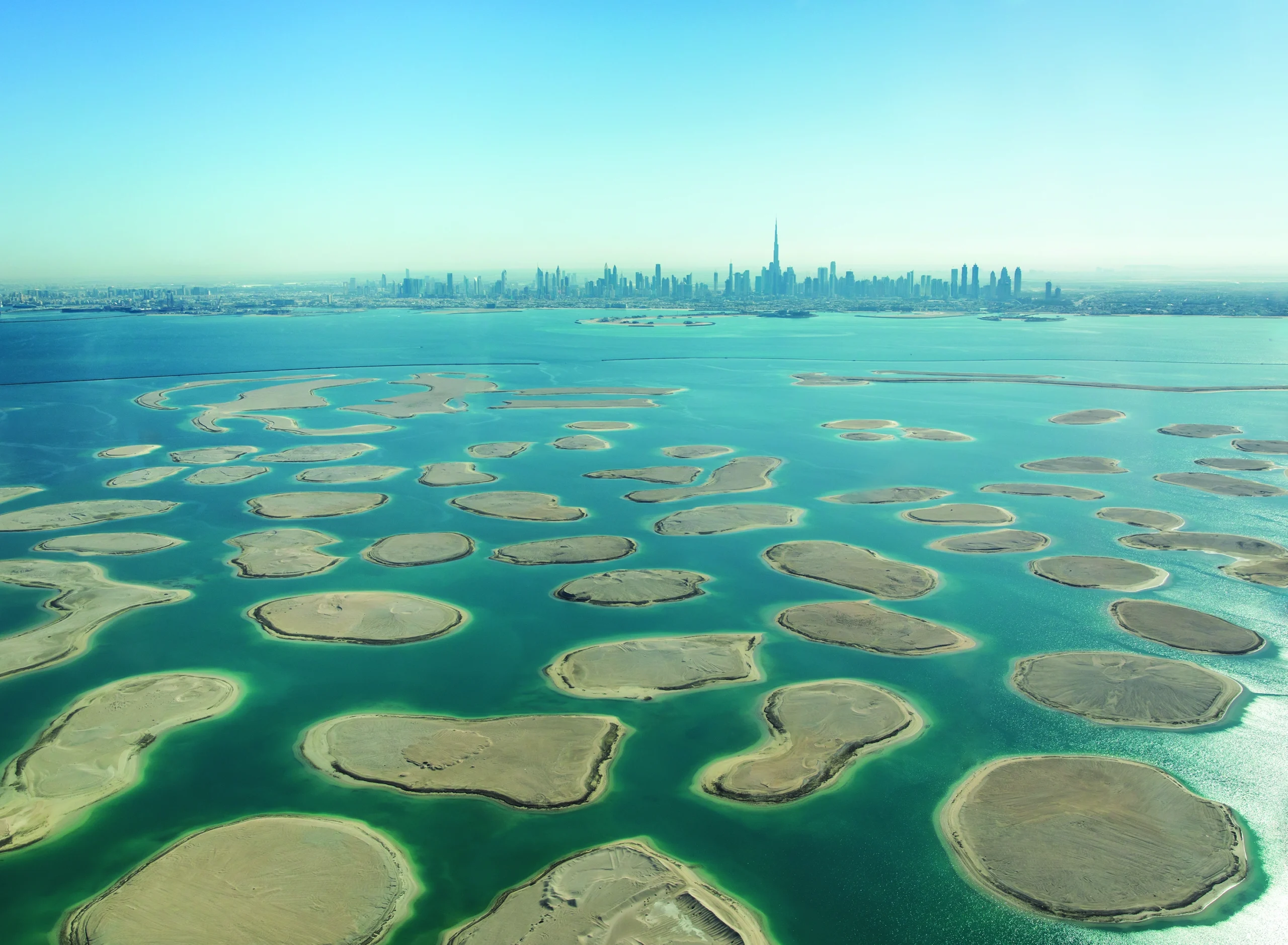
Imagine owning a private island in a man-made archipelago designed to resemble a world map. Picture sun-kissed moments surveying “Australia” from “India” or hosting lavish parties on “Greenland.” This audacious vision was the driving force behind The World Islands project, one of Dubai’s most ambitious real estate ventures launched in the early 2000s.
Conceived during a time of rapid economic growth and unprecedented ambition, the project was a bold statement of Dubai’s intent to establish itself as a global luxury destination. The World Islands, along with other grandiose projects like the Palm Jumeirah, epitomised the emirate’s meteoric rise and willingness to push the boundaries of possibility in real estate development.
However, the ambition that fuelled these projects carried significant risks. When the Global Financial Crisis hit hard, it exposed the vulnerabilities in Dubai’s speculative real estate market. Many of the islands on the putative global map were undeveloped, and the entire venture fell into limbo for years, a stark reminder of the perils of overextension. As the market faced a severe correction—with property prices plummeting by up to 60 percent, according to Savills—developers and investors were forced to reconsider their strategies and priorities.
In the aftermath of the crisis, the UAE’s real estate market entered a period of reflection and recalibration. The focus gradually shifted from speculative, high-risk projects towards more sustainable and quality-driven developments.
“The projects are more real and constructible; we no longer see revolving towers or underwater hotels,” says Sam Issa, founder and managing director of Realpoint Real Estate Consultancy. This evolution, driven by strategic government investments and regulatory changes, laid the groundwork for a more mature market better equipped to navigate economic fluctuations and shifting demographics.
This approach has continued to pay dividends. Investor confidence remains robust, with Q1 2024 seeing a 35 percent quarter-on-quarter increase in transaction volumes across the UAE, reaching an all-time high of 35,100 units in Dubai alone, according to Savills. Most of these transactions were for properties under construction, a clear indication of continued trust in the UAE’s long-term growth prospects.
“The luxury real estate market in Dubai and Abu Dhabi is holding up well, continuing to attract high-net-worth individuals and investors from around the world,” says John Varghese, managing partner at HLB. “This stability is underpinned by the UAE’s strategic government initiatives and investor-friendly policies, which have bolstered market confidence and attracted sustained foreign investment.”
Indeed, government investment in infrastructure has been a cornerstone of the UAE’s real estate evolution. Massive projects like the expansion of the Dubai Metro, the development of Dubai’s Al Maktoum International Airport, and enhancements to the road networks have significantly improved connectivity within the UAE, making the country more accessible and attractive to residents and investors.
High-net-worth individuals from Europe, Asia, Russia, and the UK see the UAE as a safe and lucrative place to invest, particularly in Dubai and Abu Dhabi
Such infrastructure development is coupled with policies aimed at managing and supporting population growth. The UAE has seen a steady increase in population, driven largely by an influx of expatriates. This demographic shift has been facilitated by government initiatives such as the Golden Visa programme, which offers long-term residency to investors, entrepreneurs, and highly skilled professionals, further boosting demand for high-end residential properties.
Dubai’s latest evolution in the luxury real estate sector is perhaps best exemplified by the rise of branded residences. The city now hosts over 40 such developments, including high-profile projects like Armani Residences and The Residences by Dorchester Collection.
“Branded residences, such as those by Mercedes or Bugatti, are leading this market segment, offering investors and end-users a new level of luxury,” says Issa. “These developments are not just about living spaces; they are about the experiences and status that are part of a globally recognised brand.
Moreover, the UAE’s commitment to sustainability has reshaped its real estate landscape, with projects like The Sustainable City and Dubai Harbour symbolising ecofriendly luxury and waterfront living. Developers in the UAE have increasingly integrated renewable energy solutions, green building practices, and water conservation measures into their projects, aligning with global sustainability trends.
“At Ellington, we’ve seen that discerning investors are increasingly looking for developments that combine luxury with sustainability, ensuring both a high quality of life and strong returns,” says Nick Young, head of business development at Ellington Properties.
Looking forward, the luxury real estate market in the UAE is expected to maintain its growth trajectory, driven by the ongoing rise of branded residences and luxury coastal developments. Knight Frank predicts a 13.5 percent rise in prime property prices in Dubai in 2024, fuelled by demand for these exclusive properties.
High-net-worth individuals from Europe, Asia, Russia, and the UK see the UAE as a safe and lucrative place to invest, particularly in Dubai and Abu Dhabi. To tap into the lucrative Asian market, developers like Emaar and DAMAC have established offices in key cities such as Hong Kong and Beijing, effectively reaching potential investors through localised strategies.
“Major developers have already set up offices in and around Asia, while smaller developers focus on social media campaigns and roadshows,” says Issa. “For instance, DAMAC’s recent WeChat campaign in China has highlighted the effectiveness of targeted digital marketing in engaging this audience.”
This strategic focus on Asia is complemented by the UAE’s favourable tax environment. The UAE’s tax advantages are particularly appealing compared to other global hubs like London or New York. While the UK and US impose substantial personal income taxes—up to 45 percent in the UK and 37 percent federally in the US, with additional state taxes—the region offers a tax-efficient alternative with no personal income, wealth, or capital gains taxes.
“The absence of personal income tax, wealth tax, or capital gains tax remains a major attraction,” notes Varghese. “This, along with the strategic location and world-class infrastructure, solidifies its position as a premier destination for global investors.
Despite these strengths, the market is not without its challenges. Developers must navigate regulatory complexities that can complicate project timelines and increase costs. Additionally, intense market competition necessitates a focus on innovation and quality to maintain an edge.
“To stay ahead, we must continuously innovate, ensuring that our projects meet the highest standards of quality and sustainability,” says Young.
Still, the market has weathered storms that would have sunk lesser ventures, adapting from the speculative fervour of the early 2000s to a more sustainable, quality-driven approach. As Varghese notes, “The UAE’s strategic initiatives and commitment to quality will be crucial in maintaining its position as a global leader in luxury real estate.”
Renewed interest and fresh investments have recently breathed new life into The World Islands. In the end, the audacious development might just be the perfect emblem for the region’s real estate market: a bold vision that, after years of trial and reinvention, has finally cemented its place on the world stage.
This article was originally published on asiarealestatesummit.com. Write to our editors at [email protected].
Recommended
Merging Thai heritage with global expertise at JARKEN
Sasivimol Sinthawanarong has forged a unique architectural identity via JARKEN, her award-winning practice
6 reasons why Bang Na is Bangkok’s hidden gem
This Bangkok enclave flaunts proximity to an international airport, top schools, and an array of real estate investment options
AI transforms Asia’s real estate sector: Enhancing valuation, customer interaction, and sustainability
From property valuation to measuring sustainability, AI is impacting nearly every aspect of Asia’s real estate industry
Bangkok’s luxury real estate flourishes amid economic challenges
New luxury mega projects boost the top end of Bangkok’s market, but stagnancy reigns elsewhere due to weak liquidity and slow economic growth

